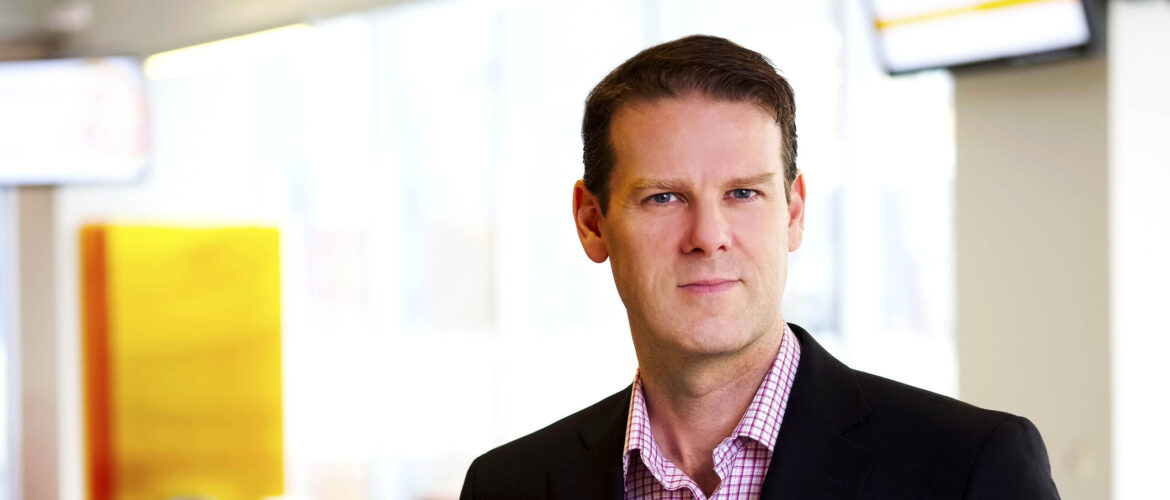At diTHINK, expect to hear from speakers representing the span of Ontario’s innovation landscape, including multidisciplinary visionaries. Keynote speaker Ted Graham will discuss how disruptive innovation is about to shake up the way we work, think and create.
Ted, you’ve spent some time thinking about and demonstrating disruptive innovation behind the wheel of an UberX vehicle. How did you come to that decision – to become an UberX driver?
I was asked to give a speech to a financial services conference about disruptive innovation and I knew that my talk needed something beyond the traditional survey results or regurgitated case studies. I decided I’d roll up my sleeves and experience the supply side of this burgeoning business that was tackling a regulated industry (turns out, it’s not so far off from what is happening in my own accounting industry, where I work as an innovation leader at PwC).
You also founded South Core Innovation Hub, a collaborative motley of community-minded experts in Toronto. Can you tell me why collaboration is important in making societal progress?
We think that there’s no monopoly of IQ inside our own four walls. We strongly believe that if you signal your vision and the important problems that you’d like to solve, you’re likely to find smart people who want to join you in coming up with new and diverse solutions. In particular, we’ve seen this around the subject of congestion and workplace productivity — this isn’t just a problem for government to solve on its own. We can bring employees, educators, public policy experts, developers and technical people to find workable ideas that can be implemented for real impact.
diTHINK focusses on how technology enables the individual. What’s been a particularly empowering example of this that you’ve seen?
I do a lot of work looking at how ideas spread in an organization like PwC, which has 200,000 people in 155 territories. We often see individuals toiling at the periphery with a germ of an idea and don’t know that someone around the world could really put that idea into practice to create value. We’ve now been able to use a combination of network analysis, advanced matching algorithms and a deeper understanding of how to better incentivize collaboration to make sure those ideas circulate faster and with more impact.
What would you like to see improve in the future of Ontario’s digital infrastructure?
I’d like to see the same things Silicon Valley sees when an entrepreneur has a successful exit: they re-invest much of their gain and expertise back into other entrepreneurs and create a virtuous cycle. Those who have benefited from the digital infrastructure should “send the elevator back down” and help the next wave.
 At diTHINK, we ask you to think about how the technology-enabled citizen is already impacting your institutions today and the possibilities that this ever-growing wave of innovation could have on the way we learn, work and play. Speaker presentations will inspire us around the possibilities, as well as explore the fundamental challenges, while breakout sessions will allow you to shape the way we meet these challenges within particular sectors.
At diTHINK, we ask you to think about how the technology-enabled citizen is already impacting your institutions today and the possibilities that this ever-growing wave of innovation could have on the way we learn, work and play. Speaker presentations will inspire us around the possibilities, as well as explore the fundamental challenges, while breakout sessions will allow you to shape the way we meet these challenges within particular sectors.

